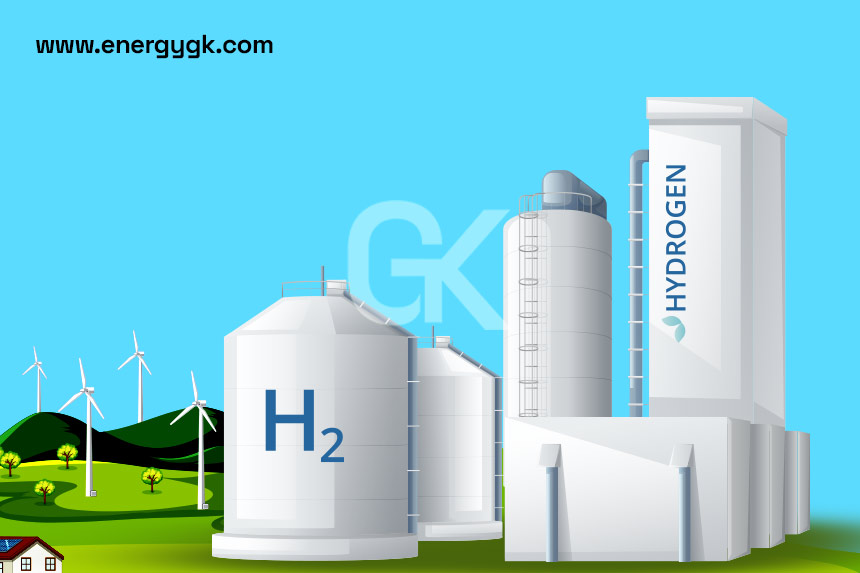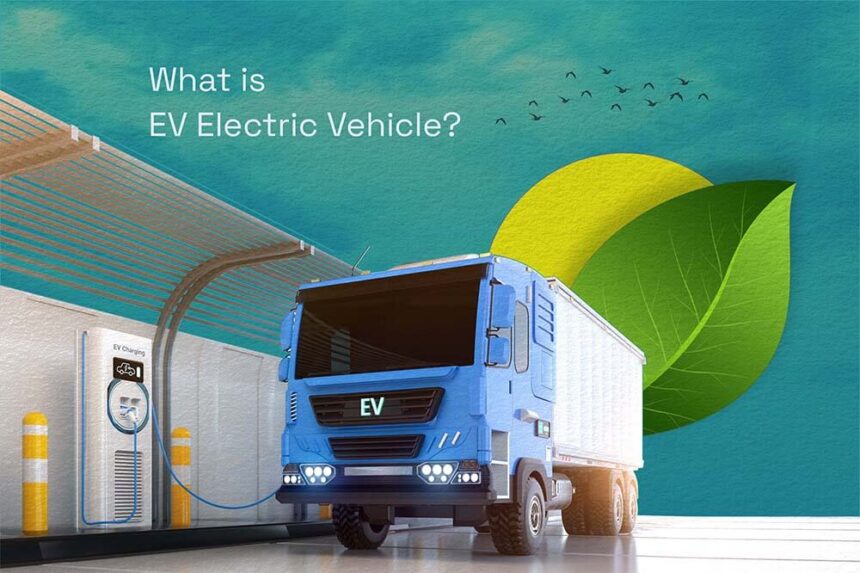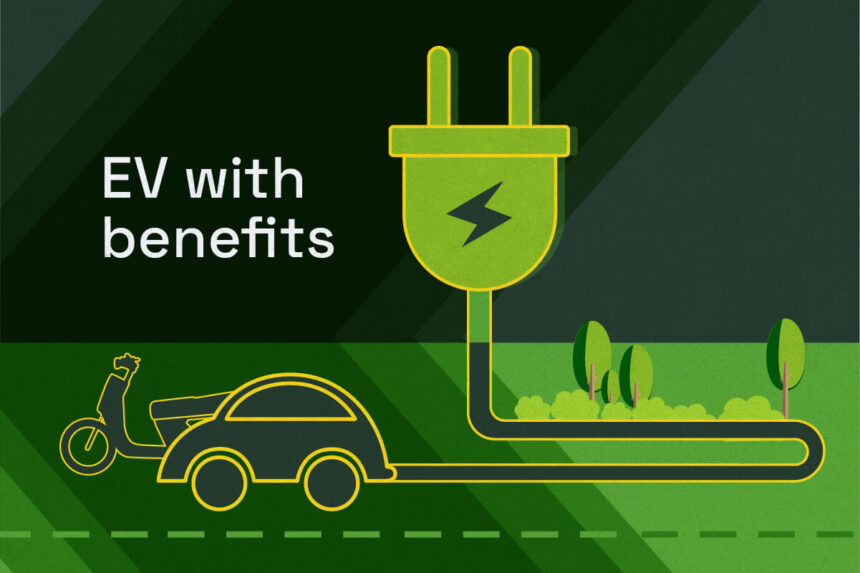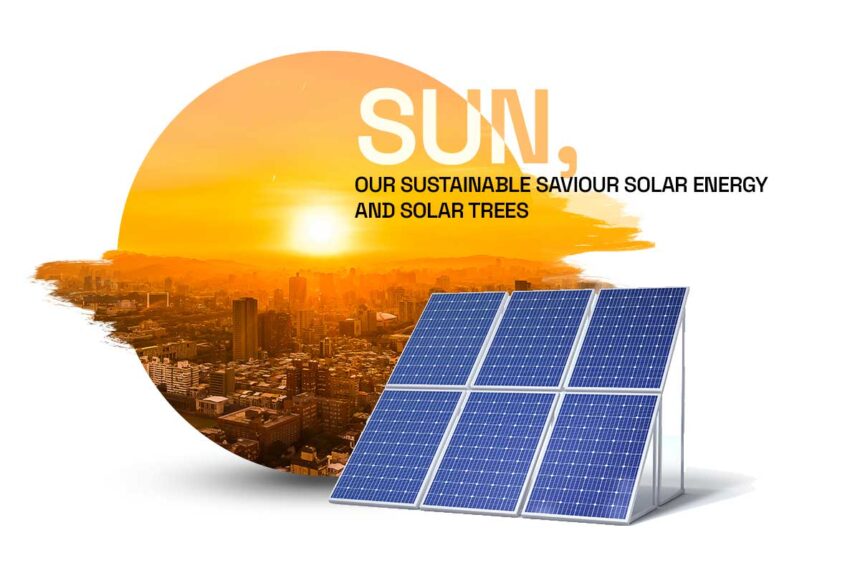Using the force of water to create electricity hydropower is the most ancient type of renewable energy. Over the ages hydropower has undergone tremendous change from the use of ancient water wheels to contemporary dams. This blog gives a general overview of hydropowers operation fascinating history and current uses.
How Hydropower Operates
Utilizing the energy of flowing water hydropower also referred to as hydroelectric power produces electricity. An outline of the procedure is provided here:.
Water Gathering: A reservoir which is often built by damming a river holds water. The water that has been stored is potential energy.
Water Diversion: A dam releases water from the reservoir when electricity is required. The direction of the water flow is towards the turbines.
Activation of Turbine: A turbines blades are spun by the force of the water flowing through it. It transforms this mechanical energy into rotational energy.
Generation of Electricity: The generator which is powered by a revolving turbine uses electromagnetic induction to transform mechanical energy into electrical energy.
Transfer of Power: Power lines are used to deliver the produced electricity to residences companies and industries.
Hydropowers Historical Background
Ancient Origins:. At least 2000 years ago is when hydropower first appeared on Earth. Greeks and Romans ground grain and carried out other mechanical tasks with water wheels. The earliest water wheels served as the model for contemporary hydroelectric turbines.
The Industrial Revolution
Considerable progress in hydropower technology was made during the Industrial Revolution of the 1800s. In 1882 the United States Appleton Wisconsin saw the construction of the first hydroelectric power plant. To provide energy for lighting homes and businesses this plant used a water wheel.
20th-century Growth
Large-scale hydropower project expansion was a feature of the 20th century. Two notable examples are the Itaipu Dam which is located on the border between Brazil and Paraguay and the Hoover Dam in the United States. These enormous structures showed that hydropower has the capacity to generate significant amounts of electricity. Hydropowers Current Uses. Even in the modern era hydropower is still an essential renewable energy source that greatly augments the worlds electricity supply. Several contemporary uses for it include the following:.
1. Large Hydropower Facilities: Vast amounts of electricity are produced by large reservoirs and dams like Chinas Three Gorges Dam. These facilities are necessary to supply large populations and industrial activities with energy.
2. Little Systems for Hydropower: Often called micro or mini hydropower small-scale hydropower systems are utilized in rural or isolated locations. Communities disconnected from the national grid are supplied with electricity by these systems.
3. Pumped Storage: Hydropower plants with pumped storage function as enormous batteries storing energy for later use. Water is pushed up from a lower reservoir into an upper reservoir when there is not much demand for power. The water that has been stored is released to create electricity when demand is high.
4. Systems that operate on rivers. Run-of-river hydropower systems use turbines to reroute a portion of a rivers flow while leaving the rivers natural path largely unchanged.
Compared to big dams these systems have less of an effect on the environment. Economic and Environmental Gains. There are many advantages to hydropower:.
1. Sustainable and Renewable: Hydropower is a sustainable and renewable energy source since it depends on the natural water cycle. Hydropower can be produced anywhere there is a water flow.
2. Low emissions of greenhouse gases: Hydropower emits very few greenhouse gases when compared to fossil fuels. It is essential to lowering the energy sectors carbon footprint.
3. Trustworthy and Adaptable: A dependable and adaptable energy source hydropower plants can quickly adapt to variations in the demand for electricity. Hydropower is a great addition to sporadic renewable energy sources like solar and wind because of this quality.
4. Economic Advancement: Projects utilizing hydropower promote economic growth and provide jobs. They facilitate growth in the area and give local communities opportunities.
Conclusion
The use of hydropower in sustainable development is evidence of humanitys ability to harness natural forces. It has long been a dependable source of energy from antiquated water wheels to contemporary hydroelectric dams. Hydropower is still essential to the worlds current shift to renewable energy sources. We can recognize the enduring value of hydropower in building a sustainable future by comprehending its operation background and contemporary applications. See how hydropower can help create a more environmentally friendly world. Make a sustainable future contribution by jumping on the renewable energy revolution!






